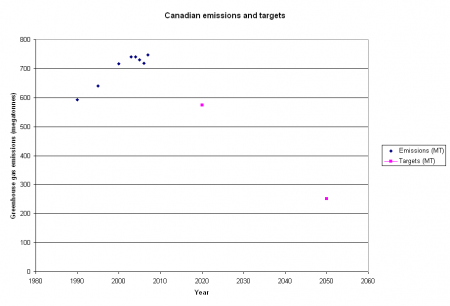It is heartening to see that Barack Obama has at least rhetorically accepted the fact that the fossil fuel industry has no long-term future:
Now, the choice we face is not between saving our environment and saving our economy. The choice we face is between prosperity and decline. We can remain the world’s leading importer of oil, or we can become the world’s leading exporter of clean energy. We can allow climate change to wreak unnatural havoc across the landscape, or we can create jobs working to prevent its worst effects. We can hand over the jobs of the 21st century to our competitors, or we can confront what countries in Europe and Asia have already recognized as both a challenge and an opportunity: the nation that leads the world in creating new energy sources will be the nation that leads the 21st-century global economy.
More from this speech is available on the Climate Progress blog.
While it is important to make people aware of the dire threat posed by climate change, and the gross immorality of not dealing with it, it is also vital to stress the opportunities associated. Foremost among them is the chance to shift society from dependence on harmful and dwindling stocks of fossil fuels to clean and inexhaustible renewable forms of power.






